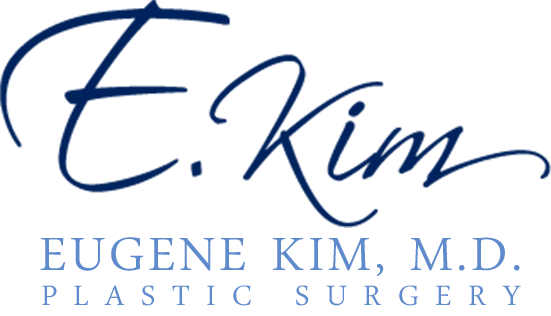Mammograms and Breast Implants
Beverly Hills, Los Angeles, Santa Monica
Breast implants may affect the techniques used in a mammogram to visualize your breasts, but they neither prevent your ability to get accurate mammogram results nor increase your risk for breast cancer.
Beverly Hills cosmetic surgeon Dr. Eugene Kim emphasizes communication and education with patients. While many women avoid mammograms following breast augmentation for fear of rupturing their breast implants, Dr. Kim agrees with and reinforces the American Cancer Society guidelines that all women receive an annual mammogram starting at age 40 (earlier for women with a family history of cancer), regardless of whether they have undergone breast augmentation.
Mammogram and Breast Implant Concerns
If you have breast implants, you are at no greater risk for breast cancer than women without breast implants. Likewise, you are at no greater risk for breast cancer going undetected if you have breast implants, as long as you continue regular checkups and mammogram screenings.
Unfortunately, some women with breast implants avoid mammograms due to concerns over discomfort or potential damage to their breast implants. Although the methods used to achieve full visualization of the breasts in mammograms of women with breast implants differ slightly from routine mammograms of women without breast implants, accurate results can be achieved without risk to the breast implants.
Breast augmentation is the most popular cosmetic surgery in the United States, and most radiology centers are accustomed to and trained in imaging women with breast implants. In addition, there numerous techniques available for screening women with breast implants.
Breast Exam Methods for Women with Breast Implants
Submuscular placement of breast implants is thought to be beneficial in providing clearer mammogram imaging than subglandular breast implant placement. But accurate screenings are possible regardless of whether your breast implants were placed above or under the pectoral muscles.
In most mammograms, your radiologist will first ask you if you have had breast surgery. If not, inform the mammogram technician that you have breast implants. Depending on the size of your breast implants in relation to your amount of breast tissue, the ability to “see” the breast tissue in a mammogram relies on the ability to displace the breast implant from the tissue.
Because routine mammograms may not identify the entirety of the breast tissue in women with breast implants, the standard method for visualizing your breasts may be altered to include the Eklund technique. The Eklund technique entails pushing the breast implants slightly away from the breast tissue so a greater amount of the breast tissue can be visualized.
Mammogram technicians may also use varying compression and displacement views to provide a greater overall image and provide you with comprehensive results.
Although more expensive and not covered by all insurance providers, MRIs provide a precise visualization of each of your breasts. Your mammogram technician or personal physician may recommend an MRI of your breasts to better assess any suspicious areas detected in a mammogram, and many women with breast implants choose to add an MRI to their regular breast screenings for peace of mind.
If you live in the Beverly Hills, Los Angeles or Santa Monica, California, areas and would like to schedule a breast augmentation consultation, please contact the experienced team at E. Kim Plastic Surgery.
